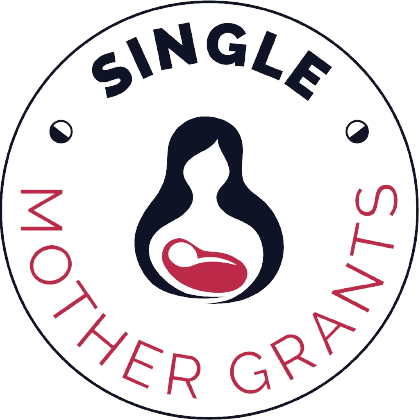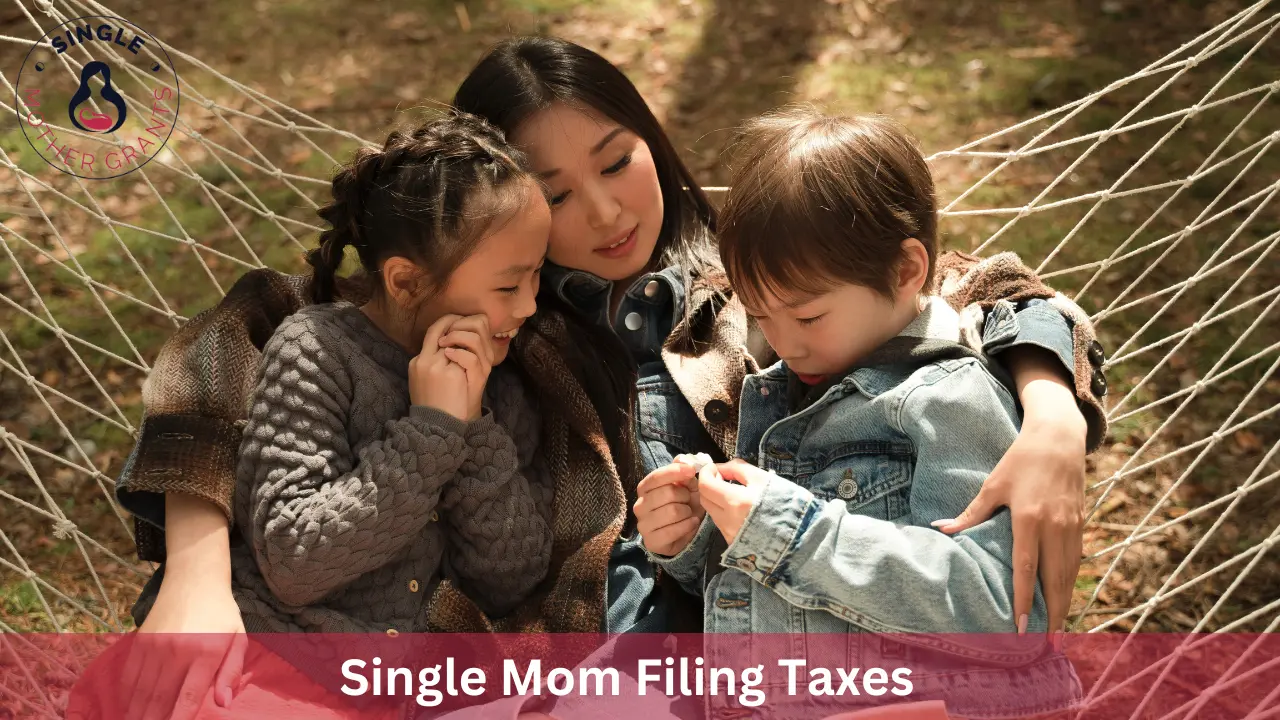Single Mom Filing Taxes
Exploring the world of taxes as a single mother can be confusing for a lot of women. This is especially more confusing if you are a stay-at-home mom with no income or little income. Single moms filing taxes can take the help of experienced tax attorneys and lawyers who can help them to navigate the process.
Can Stay-At-Home Single Mom File Taxes?
Filing taxes as a single stay-at-home mom is similar to any other citizen or permanent resident in the United States. If you are earning a certain amount of income in a year then it is your responsibility to pay taxes to the government. Stay-at-home single moms today make additional income in different ways such as consultancy services, freelance work, running a business from home, and so on. As a stay-at-home mother who is capable of earning a side income, she is entitled to pay taxes in her name.
Do No Income Single Moms Pay Taxes?
Single stay-at-home moms not earning money need not file a tax return. However, if you wish to file a tax return then you can file as married filing separately, or single depending on whatever situation applies to you. However, it is important to note that single moms filing taxes with no income will not be earning tax refunds. You can file tax returns under single status if you are earning more than $400 in the self-employment income category. If you are freelancing as an independent contractor then you need to file a tax return once your net self-employment income exceeds the threshold.
In case single mothers are filing as married filing separately then they have to file tax returns after earning $5 or more dollars as an independent contractor. Generally, single mothers do not get any tax benefit until she earns above the threshold income of $2500 for claiming the child tax credit. By filing taxes separately you separate yourself from the tax liability of your spouse. This can be useful for single mothers in situations where their partner is owing a huge tax bill but they do not wish to share the tax liability. However, in some cases filing separately can sometimes increase the overall tax bill of the family. For instance, a single mom with no income filing taxes will not owe any tax however her spouse earning money needs to owe tax. They also cannot get tax child tax credit unless they have earned an income of a minimum of $2500.
Do Single Moms Get More Back In Taxes?
Single mothers are entitled to get tax breaks in the United States. A lot of single mothers get more back in taxes or different types of tax breaks through tax advantages and tax credits, unlike other citizens. Single mothers make up around 47% of the income earned by married couples. They can take advantage of all the tax breaks that they are entitled to. A lot of tax breaks for single women and single mothers are available that can help them to save money from their pockets. Those who want to know how much single moms get back in taxes can contact a tax lawyer who can help them to assess their situation and help them learn how much they’re entitled to receive tax breaks. Generally, single mothers can save around $10,000 due to tax breaks.
Why Do Single Moms Get So Much Back In Taxes?
70% of women file taxes as head of the household which is one of the biggest tax benefits for them and helps to save money. The head of household status is an amazing way through which you can reduce the income threshold for tax credits and enjoy standard deductions. It is an intentional design of the federal income tax system and the IRS has designed this type of method to lower the tax liability of single parents keeping in mind the financial security and responsibility of single parents and helping them in times of their need. The head of the household filing status is the federal government’s way of acknowledging the hardship of single parents. Single moms can also receive tax credits for their children, childcare payments, and elderly parents. It is directly related to being the sole caregiver and custodial parent.
Tips For Single Moms To Save Money On Taxes
Filing taxes as a single mom can be a nuisance especially if you are overburdened with household, parental, and job obligations. Fortunately, there are tax breaks and credits that single moms and dads can enjoy. The following tips and strategies will help to solve all your big tax questions for single-parent families on one source of income.
1. Determine Whether You Can Use Head Of The Household Filing Status
Finding tax as head of the household will reduce your taxable income. A single mom who has 50% of the custody can claim the head of the household while the other parent having less than 50% right of custody cannot claim the head of the household. An overwhelming majority of tax filers are women who claim head of household status while filing tax returns. This filing status is a good way for single moms to reduce their taxable income and also save money on their taxes. The head-of-the-household filing status is available to single moms who support a relative or a qualifying child. To qualify as a head of the household status single mothers need to follow certain requirements such as the following
- You have paid around 50% of the entire household expenses.
- You were unmarried on the last day of the tax year
- Eligible dependents of single moms would live with them for more than half a year.
2. Determine Whether You Can Claim a Child Tax Credit
Single filers earning less than $200,000 or $400,000 and if they are married and filing jointly can be eligible to receive a child tax credit. Single moms can qualify for the child tax credit provided their children are below 17 years of age at the end of the tax year and meet the citizenship and residential requirements. For instance, you need to make sure your child is a citizen of the United States, United States nation, or United States legal alien. The Child Tax Credit for single moms is around $2000 per child below 17 years of age till last year. The most that single moms can get refunded for a child is around $1500. Single mothers who are employed and have to make payments for childcare services can qualify for Dependent Care Tax Credit.
3. Determine Who Can Claim The Child And Dependent Care Credit
Generally, the custodial parent who has the custody rights of their children can claim Child And Dependent Care Credit. Child And Dependent Care Credit is worth it for single moms as it can cover up to 35% of their entire childcare cost. The exact percentage of the tax credit depends on their income. To qualify for the Child And Dependent Care Credit you need to make sure you are a full-time single mom student, either earning money or looking seriously for a job. The dependent care expenses are allowed up to $3000 per child and $6000 for two or more children however a specific percentage of the expenses can only be claimed. Dependent care expenses are given for children below 13 years of age or a dependent or spouse who lives with you for more than half of the year and is incapable of self-care.
4. Student Loan Interest Deduction
The IRS enables single mom tax write-offs up to $2500 for the interest paid on student loans if they can meet all the rules and requirements for student loan interest deduction. To be eligible for this deduction single moms have to make sure that their modified adjusted gross income is $70,000 or below $140,000 if they are using married filing jointly status. Besides you need to pay interest on the qualified student loan, make sure your filing status is not married filing separately, you are legally paying interest on a qualified student loan and no one is claiming you as a dependent for taxes.
5. Lifetime Learning Credit
Lifetime Learning Credit is a great tax benefit for returning students or part-time students. Single moms can claim up to $2000 based on how much they can pay for educational expenses like enrollment fees and school tuition. Lifetime Learning Credit for single moms is different from other types of educational traditions. There isn’t any limit to the number of years to the credit that you can claim and also no minimum enrollment requirements that you need to fulfill. Therefore single moms who are taking a few credits per semester can also qualify to receive this tax credit benefit.
6. Earned Income Tax Credit
This is a refundable tax credit available for low or moderate-income taxpayers and single moms can take advantage of this tax break. Single mothers who have earned income from their businesses or their employers are eligible to receive this tax credit while attending school. The adjusted gross income as well as the number of children of single mothers that they’re claiming as dependents will influence the tax credit that they will receive. For the tax year 2022 single moms can receive a maximum Earned Income Tax Credit of $6935. The tax credit for two children is $6164 and for one qualifying child is $3733 respectively. It is important to find an effective tax filing situation that will be right for you and help you to save money.
What Are Single Mom Tax Brackets?
A single mom who files taxes as head of the household for the 2022 tax year will file a return in 2023 and have to pay 10% of tax on income up to $14,650. This income tax rate will increase to 12% for income earned up to $55,900 and 22% for income earned up to $89,050. The rate will rise to 24% of income on $170,050, 32% up to $215,950, and 35% up to income earned $539,900. Also, the top tax bracket rate for single moms will be 37%, exceeding $539,900 or above. The federal government has tax relief to offer if you are raising children and entering a college degree on your own. You are eligible to receive cash refunds for each of your children or more before moving into a higher tax bracket. Therefore ensure to explore all the deductions and tax credits on the IRS website.
For several American families, especially households headed by single moms, the tax season is daunting and full of stressful situations. There are useful tax credits that can help them in lowering the amount of taxes that they pay to the government. In some cases, they’re entitled to receive cash refunds as they earn no or little income. Being a single parent comes with certain perks. For instance, If you are filing a tax return for a single mom of 2 then you can claim $6935 in EITC and as much as $8000 spent on childcare expenses. Single mothers of two children earning $14,000 in 2023 can receive $1725 or 15% of $11,500 as a tax refund. If you’re filing a tax return for a single mom of one child then you can receive a tax refund of roughly $850.
Conclusion
Being armed with the right tax knowledge will help to take out the guesswork and challenge of filing your tax return and will help to save money. Many types of provisions are designed by the federal government to provide financial boosts to single moms and dads for raising children on their own who are struggling financially. Knowing how this tax return works and how to claim a tax credit will be advantageous for you.







